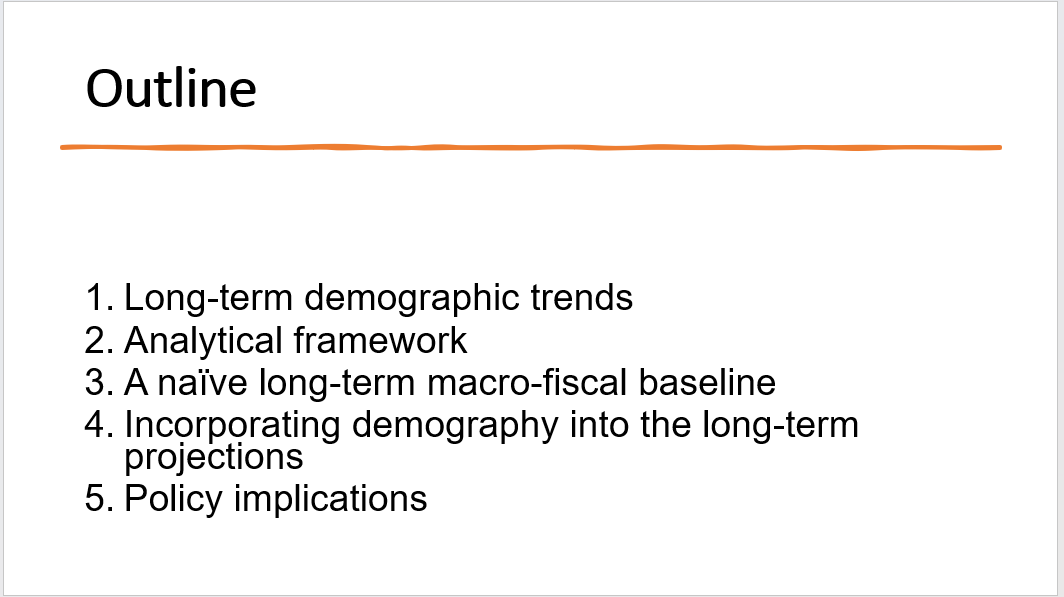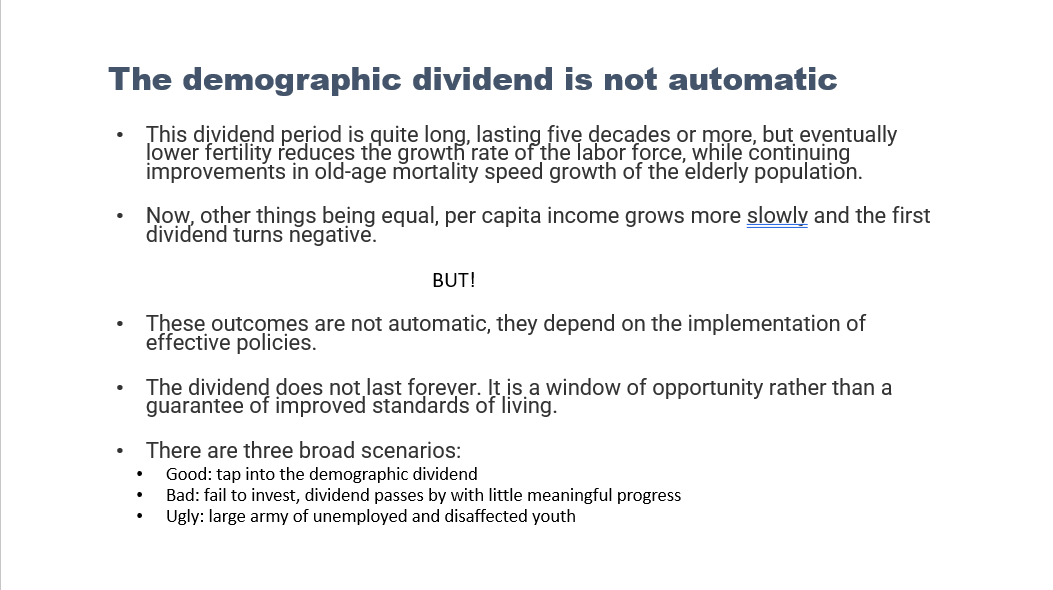I gave a short talk at the Centre for Policy Dialogue earlier this week. Slides are posted below.
The discussions raised two important points.
The above projections are optimistic in the sense that it assumes we will not experience imbalances or instability over the next quarter century, and fiscal policy will remain such that debt does not run up. These are strong assumptions for a developing country.
While the analytical framework does not focus on distribution, there are profound distributional implications. Bangladesh’s fundamental fiscal problem of low domestic revenue mobilisation is assumed to continue, presenting a binding budget constraint and difficult fiscal trade offs.
I am grateful to Dr Fahmida Khatun for facilitating the talk.
Do we really need 100 economic zones?
Syed Akhter Mahmood, 3 Jan 2022
The peak globalisation myth: Part 2 – Why the goods trade ratio declined
Richard Baldwin, 1 Sep 2022
Non-Western Economic Development Requires Risk-Taking
Karl Muth, 25 Sep 2022
Branko Milanovic, 17 Oct 2022
Deglobalization Is a Climate Threat
Raghuram G. Rajan, 18 Nov 2022
Geo-economic fragmentation and the world economy
Shekhar Aiyar, Anna Ilyina, 27 Mar 2023
The Time Is Now: We Must Step Up Support For the Poorest Countries
Kristalina Georgieva, 31 Mar 2023
The East Asian Miracle (for women)
Alice Evans, 16 Aug 2023
What the Solow Model can teach us about China
Noah Smith, 23 Dec 2023
China’s economic model retains a dangerous allure
The Economist, 3 June 2024
The surprising stagnation of Asia’s middle classes
The Economist, 21 Nov 2024
Persistent Fall in Private Borrowing Brings Global Debt Down
Vitor Gaspar, Carlos Gonçalves, Marcos Poplawski-Ribeiro
December 2, 2024














